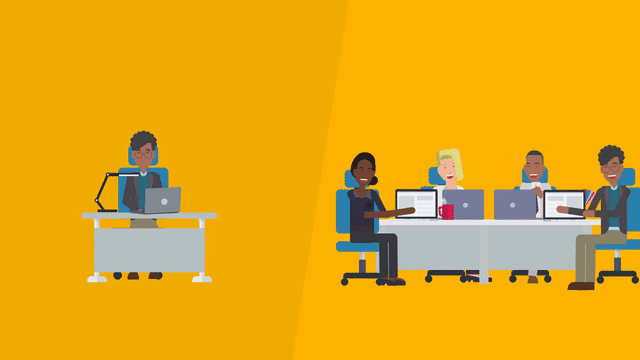“In any moment of decision, the best thing you can do is the right thing, the next best thing is the wrong thing, and the worst thing you can do is nothing.” – Theodore Roosevelt
Dear all,
Due to the long sunny weekend, WR is a bit delayed this week…
Last week one of my daughters told me she and her husband are considering buying a house. A big decision for a young couple. And time to think about how we make decisions.
We tend to believe that we, as a species, are rational about decision-making.Collecting information, weighing facts, and then coming to a conclusion. Most economic models assume so. The controllers at work, who make us underpin project decisions with elaborate business cases, also appear to believe so.
It looks like this does not hold up to scrutiny.
In our decision-making, we are dealing with – at least – four factors:
Risk – circumstances that can impact an outcome. In many cases, we can determine and model it. Either based on experience or rational reasoning, e.g., Game Theory. Risk seems to follow rules, at least to an extent.
Uncertainty – factors that are unpredictable and cannot be modeled. Macroeconomic change, political unrest, earthquakes, …. Things contracts often list in the paragraph about „acts of god“ – and can’t be modeled.
Biases – our very own cognitive shortcomings as a species courtesy of our evolutionary optimization. The realm of behavioral economics.
Time – most decisions have a due date, further limiting our ability to consider facts exhaustively and rationally.
The ensuing challenges to rational decision-making were systematically considered first by economist Herbert Simon, who introduced the term Bounded Rationality to describe the combination of cognitive and environmental structures limiting an individual’s optimal decision-making, stating that „In many real-world situations, optimal strategies are unknown or unknowable.“
Consequently, we must move from trying to find the best choices to satisfactory ones.
Segmenting or categorizing decisions is a helpful first step. Jeff Bezos, for example, breaks down decisions into two types:
– Type 1: decisions that are consequential and irreversible or nearly irreversible
– Type 2: decisions that are changeable and reversible
advocating that Type 1 decisions should be made carefully, methodically, and slowly while Type 2 decisions can and should be made with incomplete information. He asserts that most decisions are, in fact, Type 2 decisions and should be made quickly by „…high judgment individuals or small groups.“
(It is maybe worthwhile mentioning here that large organizations tend to classify unnecessary many decisions as Type 1, that way slowing down decision-making)
Once the fundamental classification has been made, the decisions can be addressed.
Type 1 decisions are the ones that need to be deliberated extensively, considering the Why (what will you get that you don’t have today and why do you want it), financial impact, and the downstream implications of success or failure. This does not mean taking undue time, as e.g., a 2019 McKinsey study highlights the benefits of making high-quality decisions fast.
Most Type 2 decisions can be dealt with by applying heuristics. These „rules of thumb“ simplify and speed up decisions by effectively ignoring some information, reducing cognitive load. While heuristics are somewhat prone to be affected by our biases, scientific evidence shows that their benefits outweigh this risk.
In this context, I also consider iterative discovery by applying agile methodologies as a heuristic. It allows for flexibility and avoids making early commitments while creating conditions for solutions to emerge.
A helpful heuristic in innovation contexts involves distributing investments over a portfolio of options. Even the simplest form, Naive Allocation, which distributes equal investments across a portfolio, has been shown to perform better in uncertain environments than rational choice.
Meanwhile, some heuristics collections have even been formalized, such as TRIZ for engineering or Jacob Nielsen’s heuristics for interaction design.
To make sound decisions, it is essential to acknowledge the limitations of our rationality. By categorizing decisions and utilizing appropriate approaches based on their impact, organizations can achieve both decision speed and -quality, which are key indicators of success.
The following reads highlight additional aspects of decision-making:
Decision making in the age of urgency
Lessons for making quick, high-quality decisions that support outperformance from a McKinsey survey
A Leader’s Framework for Decision Making
Introduction to David Snowden’s Cynefin decision making framework based on complexity science.
Is cognitive bias affecting your business decisions?
Are you guilty of bad choices that fly in the face of logic and evidence? Mark Davis on biases in business.
Have a great week,
Godehard

